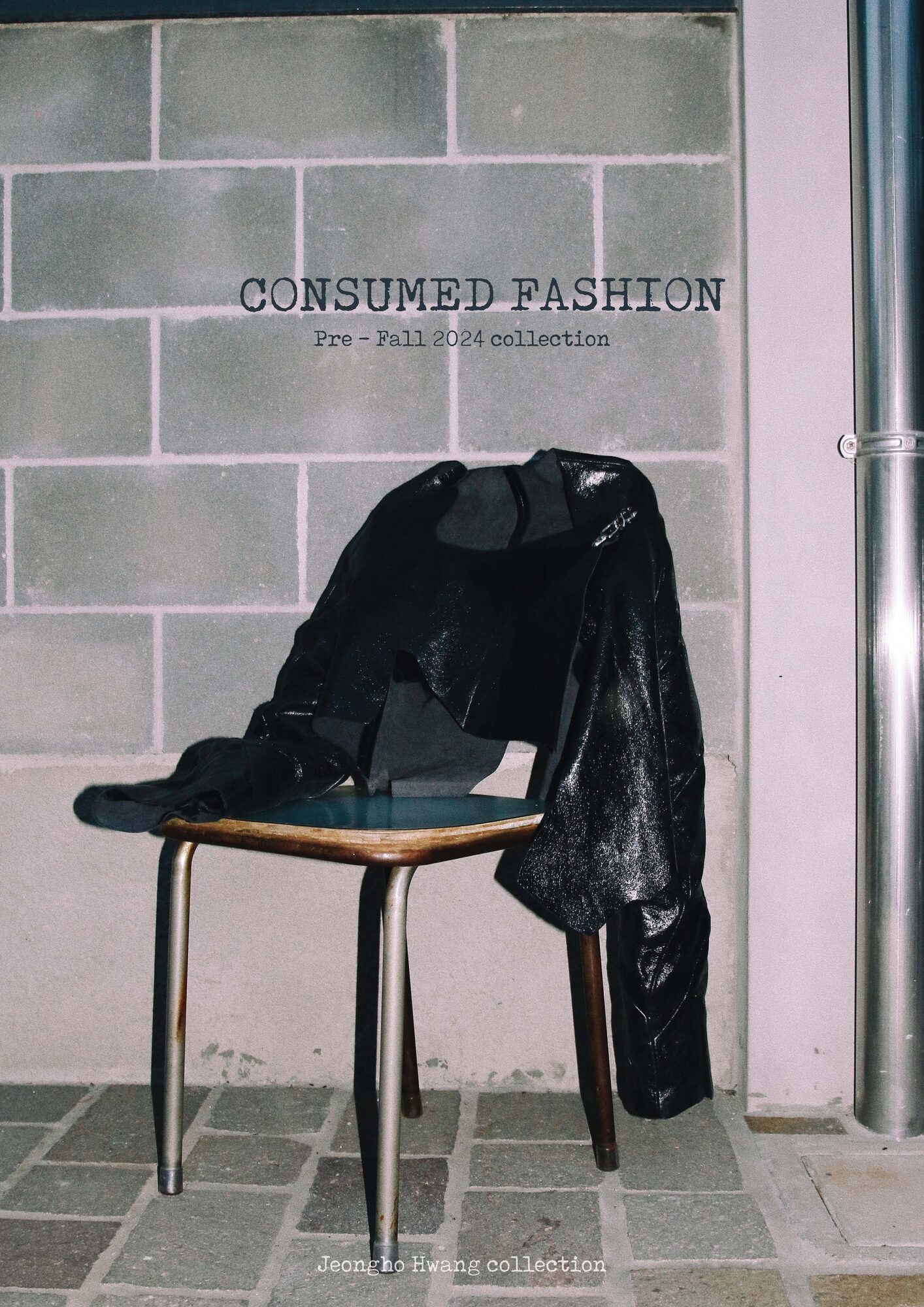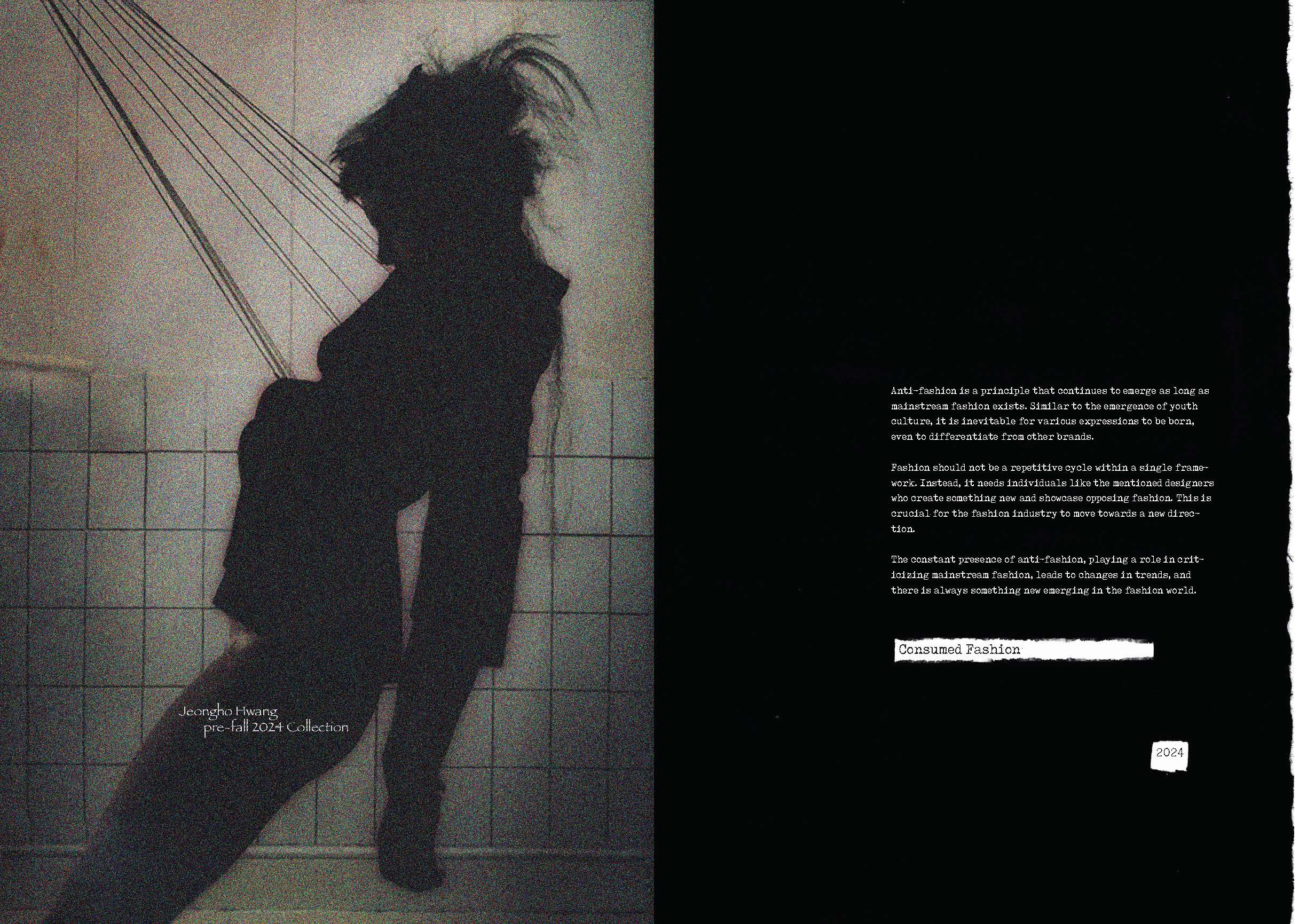Consumed Fashion
Category: Design*
Fashion should ideally be diverse and flexible, yet the industry is often marked by contradictions. The notion of diversity, when artificially implemented for commercial purposes, can restrict various aspects of fashion, confining it to a standardized framework. This perspective becomes particularly clear in the terminology used to describe fashion. Words like "Feminine," "Masculine," "Young," etc., while helpful for understanding, ultimately define fashion in a way that is somewhat limited and closed. The essence of anti-fashion lies in its opposition to dominant fashion trends, but it can also be seen as a form of "freedom in fashion." It is always necessary to maintain a critical perspective towards fashion. Ironically, we need a "broader vision and perspective." The influence of anti-fashion on contemporary fashion is extensive, affecting nearly all aspects. In fact, most new fashion trends that emerge have an affinity with anti-fashion. What initially may be considered an anti-fashion counterculture often eventually becomes part of the mainstream. A significant example of past anti-fashion, now considered sustainable, is the increasing focus on sustainable fashion. Presently, many people are concerned about climate change, prompting major brands to develop eco-friendly materials for sustainable fashion due to legislative restrictions and growing public interest. However, in the past, there were no such laws or widespread concern about climate change, and only a few people were aware of the issue. As the focus has shifted to climate change, it has become a fundamental premise for many brands and collections, encompassing not only small anti-fashion brands but also large corporations. Numerous brands are emerging that utilize new technological fabrics as well as alternative approaches, such as using second-hand materials. Additionally, there is a growing interest among consumers in second-hand and vintage clothing.



 Copy URL
Copy URL
 Login to Like
Login to Like 